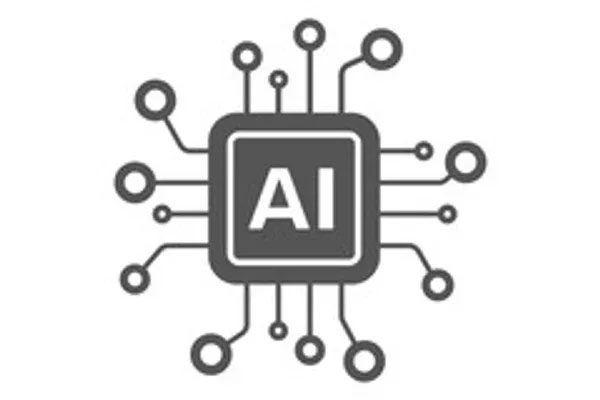Today, applications must scale rapidly, and users need increasingly faster access to complex data. It takes precise planning and execution to build a standards-based infrastructure that drives business outcomes. Whether your business is a startup or a midsize enterprise, you need flexible technology infrastructure to deliver services to your clients. A modern IT infrastructure allows your business to pivot and tackle problems in any way required while reducing execution time and costs.
Whether you are a new digital venture or evolving your organization into a digital-native enterprise, you must adapt and execute a technology transformation roadmap to operate and thrive in this new digital economy. Your technology roadmap should be based on current needs and future growth. The roadmap should include designing, implementing, and managing core infrastructure technologies, including network, storage, cybersecurity, compute, infrastructure, and cloud platform-specific services.
In this blog, we will discuss infrastructure and platform services. As a business, you need to design and implement an infrastructure that consolidates business processes and allows you to rapidly improve end-user experiences and mitigate problems on both internal and external applications — to attract better coworkers and loyal customers alike.
Choosing the proper infrastructure for your business sets you apart from failing companies. Startups and small business owners utilize cloud-based infrastructure to offer affordable, secure business infrastructure solutions. These solutions allow you to take your business to the next level with integrated cloud computing functionality.
Though the grass isn’t always greener on the other side, some cloud computing solutions reduce your control over the data being processed and come with bandwidth or redundancy issues. Depending on how you implement a solution, you may find that some of these solutions are more redundant and faster. Achieving all this without heavy spending or compromising your data handling is possible but requires continuous business and technology alignment.
How do you achieve this modern infrastructure services agility? Let’s start with the most basic question what is IaaS? Infrastructure as a Service (IaaS) is a cloud-based solution providing businesses with reliable, scalable, cost-effective infrastructures. These infrastructure solutions can run apps, websites, and other digital services.
IaaS service providers remove the need for physical servers and infrastructure, creating many benefits for startups and established businesses. When creating the company’s technology strategy to keep the cost under control, there should be a clear understanding of the critical advantages and cost structure of an IaaS. Following are the key advantages of a modern IaaS that can be achieved if appropriately managed:
- Pay for what you need. This aspect of IaaS makes it the most cost-effective solution for your infrastructure needs for small and midsize organizations.
- No need to maintain or upgrade your Infrastructure, which is a considerable cost saving—reduces the burden of hiring internal tech staff.
- The provider handles data security and compliance, reducing the business’s burden.
- Data can be made more readily available by the business.
- Disasters involving data can prove fatal for many businesses; this risk can become more manageable with this approach.
- Proof Of Concept (POC) or Most Viable Products (MVP) projects can be deployed faster. Providers-specific services can be utilized with minimum effort to quickly get these projects off the ground and switch to in-house customized services if it makes business sense over time.
- Data can be backed-up in the cloud from the endpoints for later access via internet connections anywhere.
- Developers can start developing once the digital infrastructure pieces are provisioned, which can be done in hours, not months.
- Depending on your business needs, infrastructure setup can be public, private, or hybrid.
- There are ample resources from the IaaS providers like Azure, AWS, and Google that can be followed to provide solid governance and cost-monitoring best practices and tools.
The key to success depends on a well-thought-out technology strategy aligned with the business strategy keeping short-term goals and long-term growth in sight. Modern IT infrastructure can allow your business to pivot and tackle problems in any way required by reducing the time to execution while saving costs that can be put toward innovation and driving your business goals.





